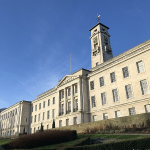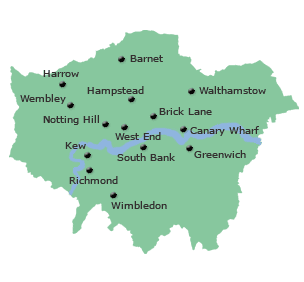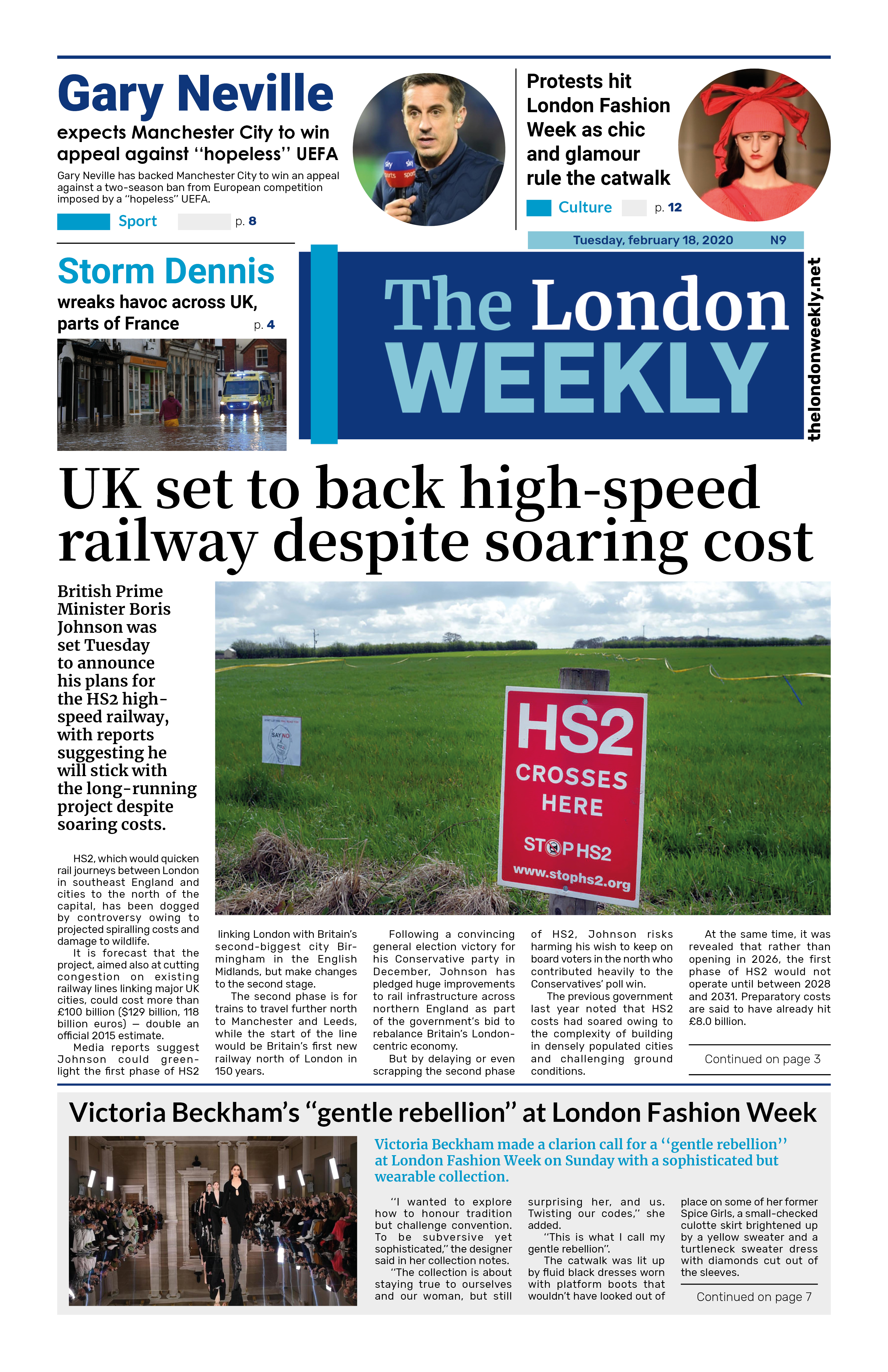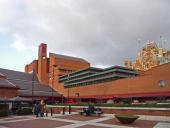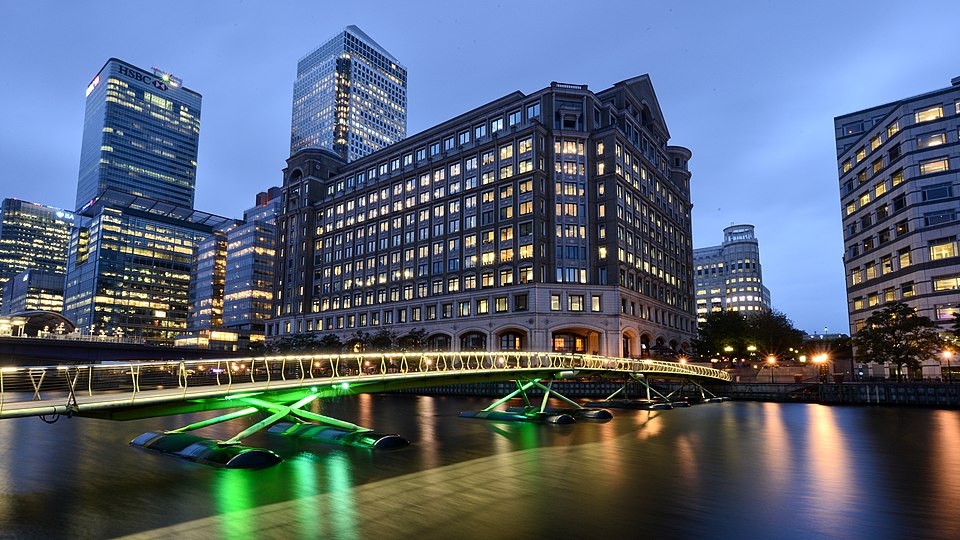
Office vacancies in London's Canary Wharf have soared to a record level, with potential to rise even further, according to new data from property analytics firm CoStar.
Currently, 18.6% of office space in the Docklands Core — which includes Canary Wharf and parts of the Isle of Dogs — is sitting empty. That’s the highest rate since records began in 2003. Just four years ago, before the pandemic, the vacancy rate was 9.8%. Eight years ago, it was only 3.5%.
The sharp increase reflects Canary Wharf’s ongoing struggle to recover from a pandemic-era downturn in office demand, even as other prime business areas in London — like the City (9.8% vacancy) and West End (7.6%) — show signs of rebounding. Global hotspots like New York and Paris are also seeing improvements.
Much of the pressure on Canary Wharf stems from major tenants, such as HSBC, planning to relocate closer to central London. HSBC will leave its 45-story tower in 2027, contributing to a possible future vacancy rate of up to 30%, unless the two million square feet of expected empty space is re-leased.
Canary Wharf Group (CWG), which manages the district and is backed by Brookfield and the Qatar Investment Authority, says it is working to diversify its tenant base and repurpose empty offices — including plans to convert the HSBC tower for alternative uses. CWG declined to provide further comment.
Despite the challenges, the area is evolving. Long-term plans include new housing, hotels, laboratories, and cultural venues like a theatre. Some key financial players — including Citi, Morgan Stanley, and Barclays — remain committed, and fintech firm Zopa has recently announced a move to the Wharf.
















